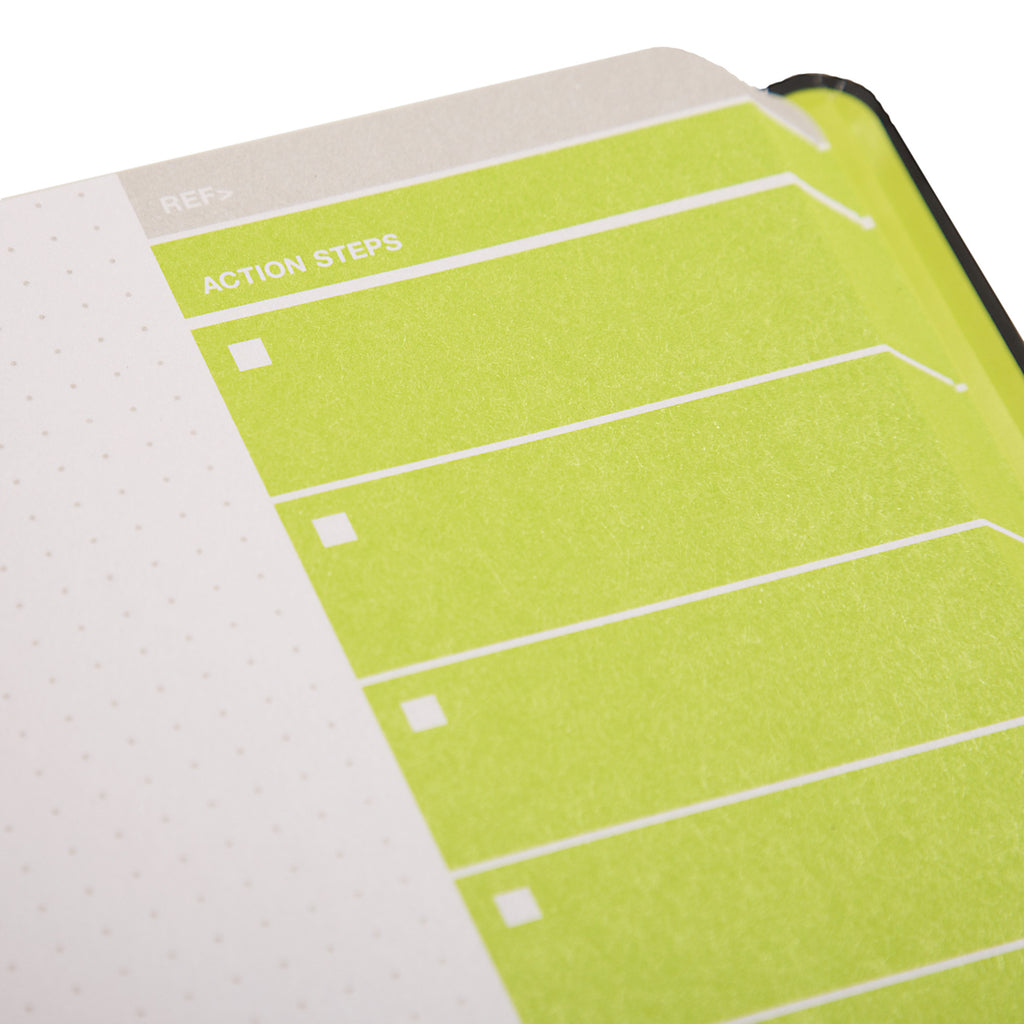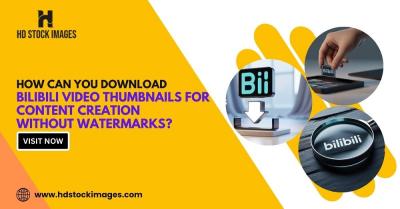Welcome to the world of creative management! If you're an artist, designer, or any creative professional, keeping track of your projects can be a challenge. Enter the Behance Action Journal—a powerful tool designed to streamline your portfolio management. It combines creativity with organization, allowing you to not only showcase your work but also plan and reflect on your creative journey. Let’s dive in!
Understanding the Importance of Portfolio Management

Portfolio management isn't just about displaying your best work; it's about telling a cohesive story and evolving as a creative. Here’s why it matters:
- Showcasing Your Growth: A well-managed portfolio highlights your evolution as a professional. By regularly updating and refining your work, you can demonstrate your skills and adaptability to potential clients or employers.
- Curating Your Best Work: With the Behance Action Journal, you can easily select pieces that resonate with your current style and goals. This curation process helps you focus on quality over quantity.
- Reflecting on Your Process: The journal encourages you to document your creative process. Reflecting on what worked and what didn’t can lead to valuable insights for future projects.
- Networking Opportunities: A well-maintained portfolio serves as a conversation starter. When you meet fellow creatives or potential collaborators, sharing your journey through your portfolio can open doors to exciting opportunities.
Furthermore, portfolio management helps you stay organized. Imagine having a clear roadmap of your projects, deadlines, and accomplishments. You can track progress and manage your time effectively, reducing stress and enhancing productivity.
In conclusion, mastering portfolio management with the Behance Action Journal not only beautifies your presentation but also enriches your creative process. It’s about building a narrative that showcases your unique voice and vision in the vast creative landscape.
Also Read This: How to Download Behance Videos Easily
3. Setting Up Your Behance Action Journal
Getting started with your Behance Action Journal is an exciting journey! Imagine it as your creative playground where ideas take shape and projects flourish. To set up your journal, follow these simple steps:
- Choose Your Platform: Decide whether you want a physical journal or a digital one. If you love the tactile feel of pen on paper, grab a beautiful notebook. Prefer digital? Apps like Notion or Google Docs work wonders.
- Define Your Purpose: Clearly outline what you want to achieve with your journal. Are you focusing on personal projects, freelance work, or a mix of both? This clarity will guide your entries.
- Set Up Sections: Divide your journal into sections. Here are a few you might consider:
- Ideas & Inspirations: A place to jot down random thoughts, sketches, or snippets of inspiration.
- Project Plans: Outline your projects, including timelines, goals, and resources needed.
- Progress Tracker: Keep tabs on your progress, noting what you’ve accomplished and what needs attention.
- Reflection: Regularly review your work, successes, and areas for improvement.
Lastly, remember that your journal is a personal space. Feel free to adapt it as you go along. The more you personalize it, the more you'll enjoy using it!
Also Read This: Creating and Showcasing Your Behance Project
4. Organizing Projects Effectively
Now that your Behance Action Journal is set up, it’s time to dive into organizing your projects effectively! Organization is the backbone of successful portfolio management, and here’s how to do it:
- Prioritize Projects: Start by listing all your current projects. Use a simple matrix to categorize them based on urgency and importance. This will help you focus on what needs your immediate attention.
- Break Down Tasks: For each project, break it down into manageable tasks. Instead of “complete design,” list specific actions like “sketch ideas,” “select color palette,” and “create mockup.” This clarity will keep you on track.
- Set Deadlines: Assign realistic deadlines for each task. This not only creates a sense of urgency but also helps you manage your time better. Consider using a calendar or project management tool to keep these dates visible.
- Use Tags or Labels: If you’re working in a digital space, use tags or labels to categorize your projects by type, status, or priority. This makes it easier to filter and find what you need quickly.
- Regular Check-Ins: Schedule weekly check-ins to review your progress. Ask yourself: What’s working? What’s not? Adjust your plans as necessary to stay aligned with your goals.
- Celebrate Milestones: Don’t forget to celebrate your achievements, no matter how small! This helps keep your motivation high and makes the process enjoyable.
By organizing your projects effectively, you'll not only streamline your workflow but also enhance your creative output. Remember, a well-organized project is a happy project!
Also Read This: How Can I Get More Views on Behance: Tips for Increasing Project Visibility
5. Utilizing Features for Enhanced Productivity
When you're diving into the world of portfolio management, the right tools can make all the difference. Behance Action Journal isn't just a place to jot down your thoughts; it's a powerhouse of features designed to streamline your creative process and boost your productivity. Let’s explore how you can utilize its features effectively.
1. Project Organization:
- Custom Tags: One of the standout features is the ability to create custom tags for your projects. This lets you categorize your work efficiently. For instance, if you're working on a graphic design project, you might tag it as “Graphic Design,” “Client A,” or even “In Progress.” This way, you can quickly filter your projects and find exactly what you need.
- Milestones: Setting milestones is crucial for tracking your progress. Use the journal to mark important deadlines and achievements. For example, if you’re developing a website, you could set milestones for wireframe completion, design approval, and final launch.
2. Visual Elements:
Don't underestimate the power of visuals! Behance Action Journal allows you to incorporate images, sketches, or even mood boards into your entries. This feature not only makes your journal more engaging but also serves as a visual reminder of your ideas. For instance, if you’re brainstorming a branding project, add images of color palettes, typography samples, and logos that inspire you.
3. Collaboration Tools:
If you're working in a team, take advantage of the collaboration features. You can invite team members to view or contribute to specific entries. This is especially useful for feedback on projects. Imagine getting real-time input from a colleague while you're refining your design concepts!
4. Daily Check-ins:
Set a daily check-in reminder to maintain accountability. Spend a few minutes reviewing your previous entries, updating your progress, or reflecting on what you’ve learned. This practice not only keeps you organized but also fosters a habit of continuous improvement.
By fully utilizing these features, you'll find that your productivity soars, and managing your portfolio becomes a more enjoyable and efficient process!
Also Read This: How to Add a GIF to Behance: Steps for Including Animated Graphics in Your Portfolio
6. Tips for Maintaining a Consistent Journal
Keeping a journal can be a transformative practice, but consistency is key. Here are some tips to help you maintain a steady journaling routine with your Behance Action Journal.
1. Set a Schedule:
Choose a specific time each day or week to dedicate to your journaling. Whether it’s first thing in the morning with your coffee or right before bed, having a set schedule creates a routine that’s easy to stick to.
2. Keep It Short and Sweet:
Don’t feel pressured to write lengthy entries. Even a few sentences can capture your thoughts and progress. For example, jot down a quick note about what inspired you today or a challenge you faced. The key is to capture the moment without overthinking it.
3. Be Honest:
Your journal is a personal space. Don’t hold back on expressing your thoughts and feelings. If a project isn’t going well, write about it! This not only helps you process your experiences but also allows you to track your growth over time.
4. Review Regularly:
Set aside time to review past entries. Reflecting on your journey helps you see progress and patterns in your work. Did you notice any recurring challenges? Are there specific projects that sparked joy? This reflection can be incredibly motivating.
5. Make it Enjoyable:
Incorporate elements that make journaling enjoyable for you. Use colorful pens, stickers, or even doodles to personalize your entries. The more creative and fun it feels, the more likely you are to keep it up!
By implementing these tips, you'll cultivate a consistent journaling habit that not only enhances your portfolio management but also enriches your creative journey. Remember, it’s not just about documenting; it’s about enjoying the process of growth and discovery!
Also Read This: How to Edit Your Grid on Behance: A Beginner’s Guide to Portfolio Layouts
7. Case Studies: Successful Portfolio Management with Behance
When it comes to mastering portfolio management, nothing beats learning from real-life examples. In this section, we'll dive into a few inspiring case studies that highlight how creative professionals have leveraged Behance to elevate their portfolio game.
Case Study 1: Emma, the Graphic Designer
Emma, a graphic designer based in London, struggled to showcase her diverse skill set effectively. With her portfolio scattered across various platforms, she decided to consolidate her work on Behance. By creating a cohesive project layout, Emma was able to present her work in a way that told a story.
- Project Showcase: Emma grouped her work into categories like branding, illustration, and digital art.
- Engagement: She actively engaged with her audience by responding to comments and sharing behind-the-scenes insights.
- Results: Within months, she saw a 40% increase in project views and landed freelance gigs from high-profile clients.
Case Study 2: John, the Photographer
On the other side of the spectrum, John, a wildlife photographer, utilized Behance to showcase his stunning visuals. He wanted to attract more clients for his nature photography. By creating a visually striking portfolio that emphasized his unique perspective, John could highlight his expertise.
- Visual Appeal: John utilized high-quality images with minimal text, allowing the photos to speak for themselves.
- Networking: He connected with fellow photographers and conservation organizations, expanding his professional network.
- Results: His portfolio not only drew attention but also led to exhibitions, increasing his visibility and credibility in the field.
Case Study 3: Sarah, the Fashion Illustrator
Lastly, Sarah, a fashion illustrator, found success by using Behance to create a vibrant and interactive portfolio. She focused on presenting her sketches and finished illustrations in a way that would captivate potential collaborators.
- Interactive Features: Sarah included videos that showed her creative process, enhancing viewer engagement.
- Collaboration: By showcasing her work alongside stories of collaboration with fashion designers, she illuminated her role in the industry.
- Results: This approach attracted attention from fashion brands, leading to multiple partnership opportunities.
These case studies illustrate that effective portfolio management on Behance isn’t just about showcasing work; it’s about telling a compelling story, engaging your audience, and building professional connections. With the right strategies, you too can transform your portfolio into a powerful tool for career advancement.
8. Conclusion: Elevate Your Portfolio Management Skills
As we wrap up our exploration of the Behance Action Journal, it’s clear that mastering portfolio management is a journey that requires both creativity and strategy. Whether you're a seasoned professional or just starting, the tools and insights offered through Behance can elevate your work to new heights.
Key Takeaways:
- Focus on storytelling: Your portfolio should narrate your journey and showcase your personality.
- Leverage feedback: Engage with your audience and use their insights to refine your work.
- Network actively: Use Behance’s community features to connect with other creatives and potential clients.
Remember, the goal is not just to display your work but to create an experience for your viewers. By implementing the strategies discussed in this blog, from effective project presentation to active community engagement, you can set yourself apart in a crowded creative landscape.
So dive into Behance, start curating your action journal, and watch as your portfolio transforms into a powerful representation of your skills and ambitions. Happy creating!
 admin
admin








